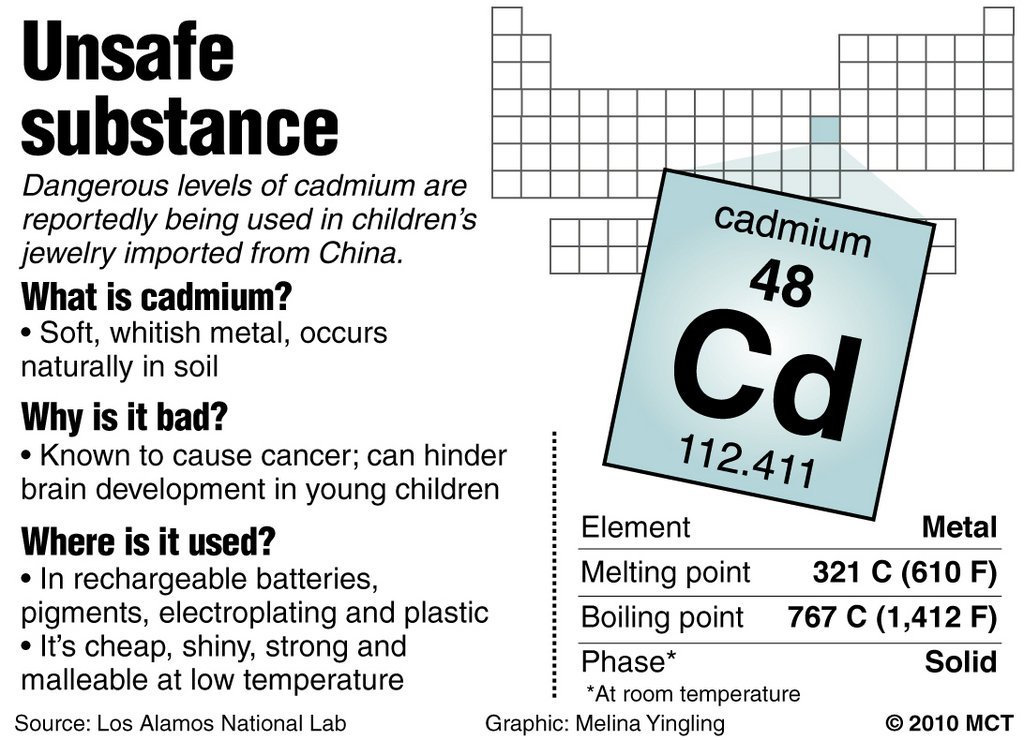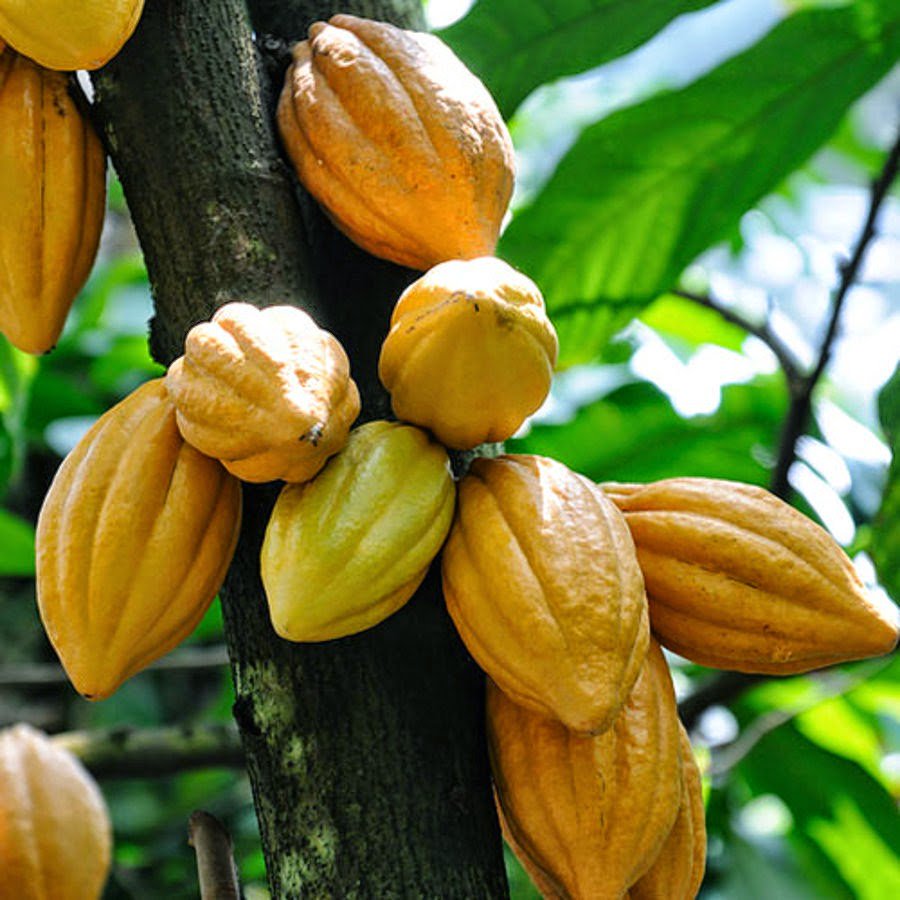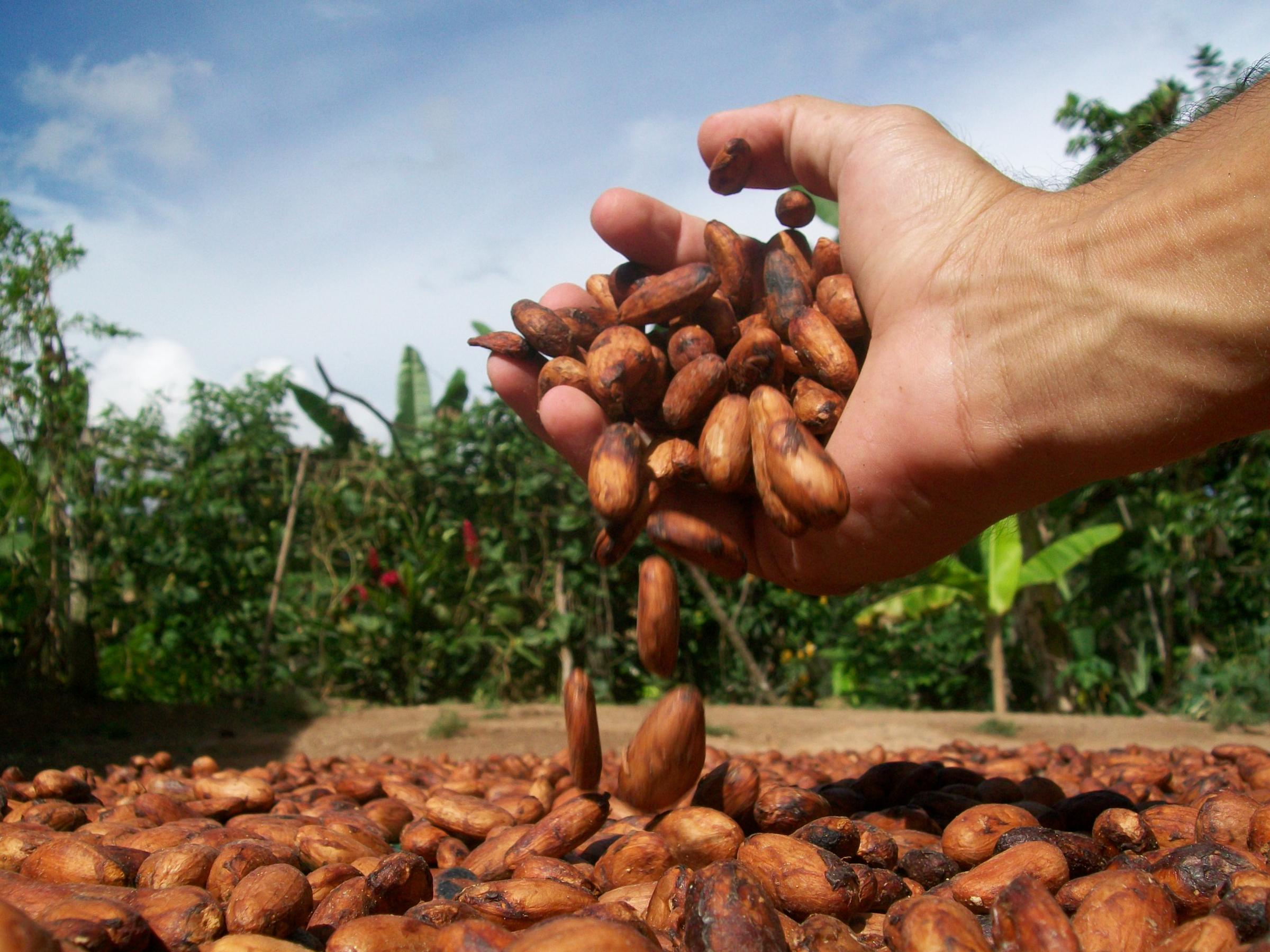Toxic Heavy Metals Found in Organic Chocolate

A study by As You Sow found levels of cadmium and lead, two toxic heavy metals, in 45 of 70 chocolate bar samples (including some organic brands) at levels higher than what is considered to be safe in drinking water. While you would have to eat an enormous amount of chocolate to be affected, if this was the sole source of exposure. Its one of many places we are bombarded by toxins unfortunately, heavy metals are in a lot of food products. Unfortunately, heavy metals accumulate in the body ingested and injected over time these toxins build up. Cadmium and Lead are neurotoxic and carcinogenic. Current regulations for cadmium are based on threats to adults, and the kidneys have been considered the most sensitive organ to its toxic effects. Classified as a known human carcinogen, it is linked to lung, kidney and prostate cancer in workers.

A study in the Journal of Agricultural and Food Chemistry examined the levels of lead and cadmium in white, milk, and dark chocolate sold in Brazil. They concluded that dark chocolates had the highest amounts of lead and cadmium.
Cadmium is a heavy metal considered toxic for the human body. When ingested or inhaled, it is not well absorbed by the body, so it accumulates over time and can have detrimental effects on kidneys, lungs and bones and on the brain. This is why it is classified as a human carcinogen and can potentially increase the risks of cancer and considered neurotoxic.
Children with higher cadmium levels are three times more likely to have learning disabilities and participate in special education, according to a study led by Harvard University researchers. Dr. Robert Wright, the study’s senior author, emphasized that the links to learning disabilities and special education were found at commonplace levels previously thought to be benign. Some studies of adult workers have shown that high exposures can trigger neurological problems, and small, earlier studies of children found links to mental retardation and decreased IQs.
Cadmium stays in the body for long periods, so tests measured amounts the children were exposed to over years.
“One of the important points of the study is that we didn’t study a population of kids who had very high exposures. We studied a population representative of the U.S. That we found any [effect] suggests this is occurring at relatively low levels,” said Wright, an associate professor of pediatrics and environmental health at Harvard.
Lead has been studied and regulated for many decades, leading to a large amount of evidence that it reduces children’s IQs at low concentrations and contributes to attention disorders and even violent behaviors. It interferes with the development of synopses, or connections between neurons, that allow a child to learn.
Since cadmium is also a heavy metal, it might have similar effects on the brain, said Lanphear, one of the world’s leading experts on the effects of lead in children. But unlike lead, cadmium “is relatively understudied as respect to brain toxicity,” said Wright, an associate professor of pediatrics and environmental health at Harvard.

What’s Heavy Metal Doing in My Chocolate?
According to the As You Sow, the source of lead and cadmium is contamination through one of the various processing steps a bean undergoes after the harvest. These steps include fermentation, drying of the cacao bean, and manufacturing processes such as grinding, refining, and conching. Other opportunities for contamination are shipping, handling, and finally, packaging. Studies have shown that much of the “lead contamination in (chocolate) products occurs after the beans are harvested and dried, during the shipping of those beans and/or the manufacturing of cocoa and chocolate products.”.8, 9

Cadmium and lead are toxic heavy metals that are released into the environment through manmade industrial processes including mining, burning fossil fuels such as coal or oil, incineration of municipal waste (plastics/batteries). It is also released by battery manufacturers, smelters, electroplating plants and other industries. It is one of the top chemicals reported in Superfund sites, found in virtually all of them, according to a Centers for Disease Control and Prevention document.

Cadmium and lead also enter soil through the disposal of sewage sludge, or the application of pesticides or phosphate fertilizers (which can contain high levels of cadmium).4, 7
Once released into the atmosphere, respirable-sized airborne particles attach to dust, can travel long distances, and will be deposited onto the earth, where they move easily through soil layers and can be taken up into the food chain. Once mined and introduced into the atmosphere, these heavy metals can move from air to soil to water, but do not break down easily and will remain for decades.4, 7
Its Regulated Right?
The FDA does not consistently monitor food for lead and cadmium contamination. California has the most health protective standards in the country for the presence of lead and cadmium in consumer products, and requires the manufacturer to warn consumers if a product contains chemicals known to cause cancer and/or birth defects or other reproductive harm, above the safe harbor level set by California’s Office of Environmental Health Hazard Assessment. They require a warning label on their products if they contain more than 4.1 mg of cadmium per daily serving. The latest news in the legal department is the introduction by the European Union of new limits on the amount of cadmium in cocoa products. They will be enforced starting 1 January 2019.
As You Sow commissioned an independent state-certified laboratory to measure levels of lead and cadmium in over 120 chocolate products available at retailers across California. In 2018, As You Sow legal efforts culminated in a first-of-its-kind settlement with many of the world’s largest chocolate companies. Thirty-one chocolate companies, including Barry Callebaut (USA), Blommer Chocolate Co., Cargill, Inc., Guittard Chocolate Co., The Hershey Company, Lindt & Sprungli (North America), Mars Incorporated, Mondelez Global LLC, and Nestle USA, Inc, committed to funding an independent Expert Committee to investigate the sources of lead and cadmium in chocolate and find feasible measures to lower levels of these metals by 2025.
While this work is ongoing, the chocolate companies have also agreed to provide interim warnings for their products if they exceed specified concentrations of lead and/or cadmium in their chocolates. These agreed upon warning levels range from 0.1 ppm to 0.225 ppm for lead and 0.4 ppm cadmium to .960 ppm for cadmium, depending on the percent of cacao contained in the product. These warning levels may be reduced based on the results reached by the Committee.
Can I avoid heavy metals and still eat chocolate?
CADMIUM & LEAD FOUND IN CHOCOLATE FROM SEES, TRADER JOES, HERSHEY & OTHERS!
Eating Organic doesn’t protect you! According to their testing results these are a few of the Organic Brand bars to avoid:

- Organic Chocolates such as Trader Joe’s Dark Chocolate 73% Cacao Super Dark (organic),
- Endangered Species Chocolate Natural Dark Chocolate – 72% Cocoa,
- Enjoy Life Eat Freely boomCHOCOboom Bar
- Lily’s Extra Dark 70% Dark Chocolate Stevia Sweetened Vegan Non GMO
- Theo Organic Fair Trade Coconut 70% Dark Chocolate
- Tanzania Schoolhouse Project – 72% Cacao Organic Dark Chocolate
- Earth Circle chocolate
- Organic Ecuador Cacao Powder
Find out if YOUR chocolate is toxic here
https://www.scientificamerican.com/article/is-cadmium-as-dangerous-for-children-lead/
https://thechocolatejournalist.com/cadmium-chocolate/
Learn more about LEAD EXPOSURE in Boise Idaho school water





